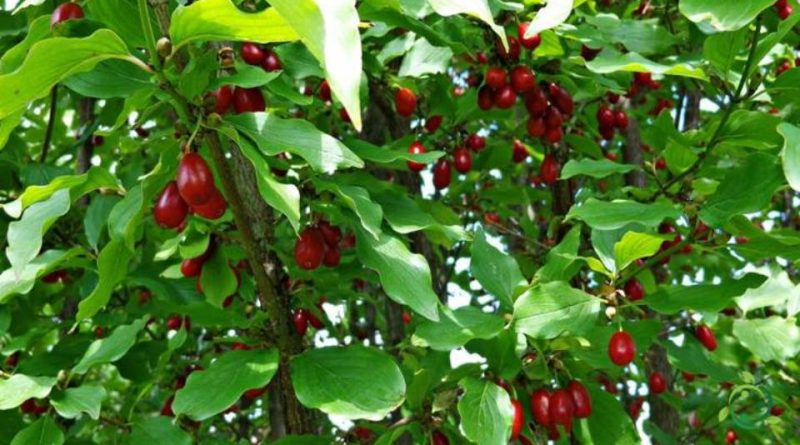When pruning the Dogwood
When pruning the Dogwood
The dogwood (Cornus mas L., 1753) is a spontaneous fruit tree of the Cornaceae family and is a species native to southern Europe up to the Black Sea. In Italy it is missing only in the islands.
To learn about the pruning methods of this plant and, above all, the intervention period, it is necessary to know the basic elements of the physiology of dogwood.
In fact, in the dogwood, the inflorescences bloom on the apex of the branches, where the buds are often already present in autumn; for this reason an early pruning would remove almost all of the buds, depriving the plant of flowering.
Pruning period –
For this reason, when the days begin to get longer and the risk of frost becomes a averted danger, we can start thinking about carrying out pruning operations, remembering, however, to prune only those shrubs that will bloom on new wood. Let’s say that, in general, with the obvious differences between south and north, the most suitable period for pruning is in any case the period from mid-May to mid-June.
Also remember that you should not cut the buds during the dormancy season because this would eliminate the flowers before they have a chance to open, without redirecting the energy.
We must not wait and postpone pruning to late summer, because doing so will not allow the shoots to accumulate enough energy for new shoots and buds for the following year.
For details of the pruning technique, refer to the following sheet.
Varieties and rootstocks –
The dogwood is a deciduous shrub, with a very elegant and pleasant development; most of the species produce berries of various shapes, often edible, which remain on the plant for the entire winter, if not harvested.
The flowers are small, gathered in apical inflorescences, often subtended by white bracts, which make the flowering more showy.
In Italy there are several cultivars, among which we remember: “Golden Glory”, “Variegata”, “Aurea” and “Elegant”.
All these varieties preferably grow in stony soils, especially on a limestone base, especially in the hills.
It should be remembered that it is a very long-lived plant.

